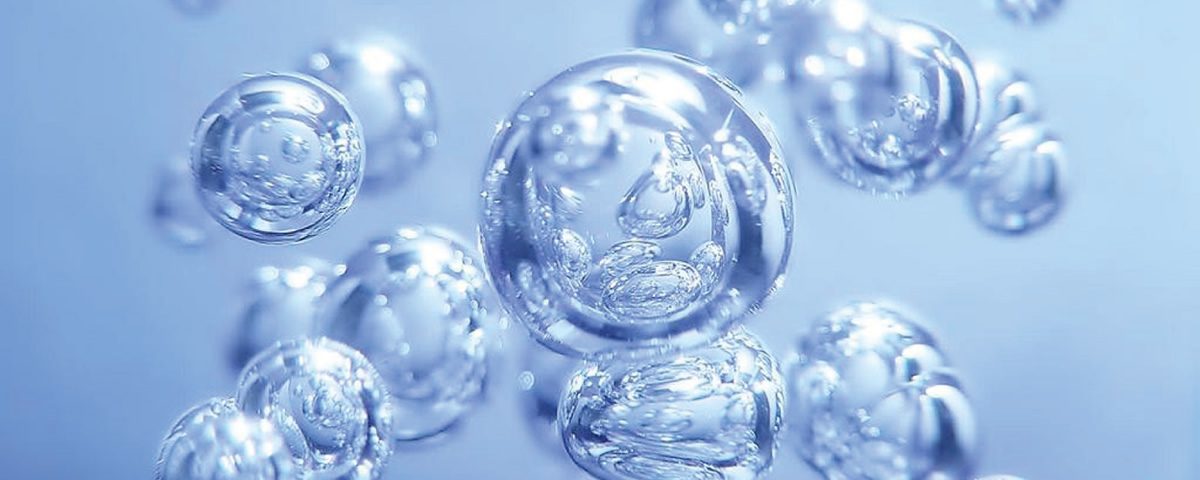Griswold Controls recommends venting the air from the HVAC system to protect equipment from damage and limit noise. Air trapped in a system can lead to nuisance vibrational noise due to the pulsing of springs or diaphragms. It can also lead to cavitation which shortens the life of HVAC product. ASHRAE Fundamentals Handbook 2009 edition supports the connection between air and noise in chapter 22, “water velocity noise is not caused by water, but by free air, sharp pressure drops, turbulence, or a combination of these, which in turn cause cavitation or flashing of water into steam” Therefore it is important to remove air in both Automatic Flow Limiting Valves as well as Pressure Independent Valves.
AUTOMATIC FLOW LIMITING VALVES
Most Griswold Controls Automatic Flow Limiting Valves come with a manual air vent so that air can be vented at the valve. We also offer an automatic air vent that can be installed to automatically vent the air in the system. In fin tube and baseboard heating as well as chilled beams the air is more difficult to vent as often saddle type piping is used and so air separators should also be installed.
To validate our many years of experience solving vibrational noise issues we intentionally recreated a noisy system by introducing air into our piping system in our test lab. We were using a Automatic Flow Limiting Valve with a 2-32 PSID range. We installed an automatic air vent on the valve and could hear the air venting for almost 30 minutes. After 30 minutes the air was done venting and more importantly the vibrational noise stopped.
Increasing the pump speed to increase water velocity over 2-4 fps and move the entrained air also helped but was not a long term solution as the air eventually returned. Therefore the best solution for any system with vibrational noise is to remove the air.
Some applications can’t vent the air due to certain piping schemes like saddle piping. In our test lab we resolved the vibrational noise problem by replacing the 2-32PSID cartridge with a 4-57PSID cartridge. The 2-32 spring has a vibrational frequency closer to air so if air is trapped in the system near the cartridge there CAN be noise. By increasing the stiffness of the spring the vibrational frequency is changed and moved further away from air so even if air is present you don’t hear the vibrational noise. The vibration was still present but at a higher frequency. The amplitude of vibration is actually reduced which makes it so you can’t really hear the noise. This reinforced our years of experience where we have recommended changing cartridges in noisy systems.
ACTUATED CONTROL VALVES
When selecting a temperature control valve (or any valve with a pressure drop) there is a limit to the maximum delta P that can be selected before cavitation occurs. When cavitation occurs, formation of voids (vapor bubbles) in the liquid develop. As the pressure downstream begins to rise, vapor bubbles can not exist so they are forced to collapse or implode back into liquid state. This can result in significant damage to your equipment as well as noise. To avoid cavitation in your application, just use the formula below for actuated ball valves.
Max Pressure drop = 0.5*(Inlet pressure (psia) – Vapor pressure (psia)
The vapor pressure increases as the temperature increases as you can see in the table below. So the max pressure differential is smaller for hot water systems than chilled water systems.
| Water Temp | Vapor Pressure (psia) |
|---|---|
| 35 | 0.10 |
| 45 | 0.15 |
| 75 | 0.44 |
| 150 | 3.70 |
| 200 | 11.50 |
PRESSURE INDEPENDENT VALVES
All Pressure Independent valves trap air in the regulator section of the valve. If the air is not removed, one of the effects is a valve that may pulsate with a mild or violent shaking force. This is due to the compressibility of air which doesn’t work well with pressure independent valves. The normal process of bleeding air from a system will not remove this air because the air is trapped within a chamber. Any time Pressure Independent valves are used, Griswold Controls valves as well as any other manufacturer’s valves, a special process should be used to vent the air from the chamber.
A convenient way to bleed the air is to cycle the valve closed, wait 10-15 seconds, then open it. This exhausts air out of the diaphragm chamber and into the pipe where it can later rise to a high point for extraction. After performing this, the air should be moved from the valve into the system. In a building with several valves, it is most convenient to perform this from a central building automation control. We recommend sequentially closing one valve at a time to minimize the disruption to occupants. If the building is not occupied it is acceptable to cycle all the valves at once as long as there is a method in place to keep the system pressure differential to within the valve differential pressure range. Often this can be achieved with variable speed pumps using a differential pressure control.
In the event that vibration persists, the MVP products have a pressure response valve (PRV) for additional control over the regulator response time. It’s a small needle valve located on the bottom of the valve at the center of a hex nut designed to control the response time of the valve as it corrects for pressure fluctuations. Screw the small needle valve clockwise to close. DO NOT over tighten as it is a small brass screw and can easily be damaged. Then open it about a 1/4 turn. This will slow down the response and should further suppress vibration. In the PIC-V valve there is a snubber at the base of the top CPTA. This can be adjusted to also reduce the noise.

Do you have a question on this Application Tip or any of the Griswold Controls products? Fill out the form below and someone from Griswold Controls will get back to you shortly.
Questions about this application? Contact info@GriswoldControls.com, call 949.559.6000 or fill out the contact form on this page.

